分享到微信,
请点击右上角。
再选择[发送朋友]
或[分享到朋友圈]
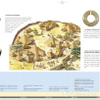
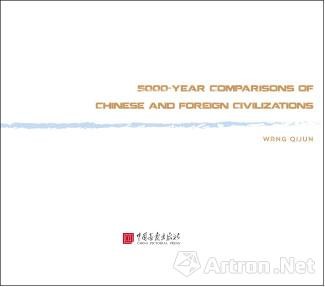
The Chinese civilization is an integral part of the world history. However, for a long period in history, China developed comparatively and lacked communication with civilizations in the rest of the world. As a result, readers from English-speaking countries often find it difficult to understand Chinese history and culture - a mission seeming impossible for them. This book is designed to help them easily understand the history of Chinese civilization. A better understanding of Chinese civilization is very important to fully understand the history of world civilization.
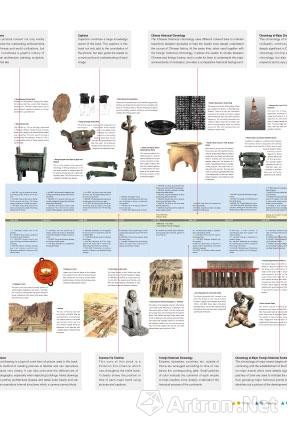
History is like a mirror. Through looking back upon history, one can compare it with today's social civilization and gain a deeper insight into the law of development of human civilization. Along with the advancement of science and technology, human civilization continues progressing. Despite the fact that technology develops faster and faster, the law concerning the inherent connection between arts and society has not changed much. This is the difference between natural sciences and social sciences. To understand human civilization, one must understand both natural sciences and social sciences simultaneously.
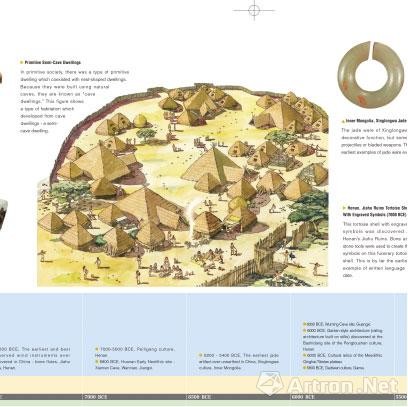
Throughout human history, some civilizations have vanished or are vanishing, but others have survived and continued developing. How did human civilization develop and where will it go? This book tries to reveal answers to those questions.
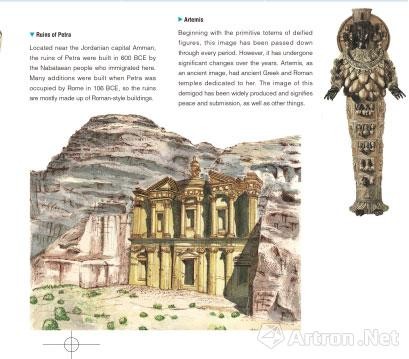
In the form of a "wall book,"it looks like a long stroll unfolding on the wall of a classroom. For the sake of its portability and storage, the book's pages are foldable and printed on one side while maintaining its characteristics as a "wall book."A history book purely written in text may give a clear, logical interpretation, but it hardly leaves a deep impression on readers as vivid pictures do. In this sense, illustrations can do more with less and enable readers to grasp more information about history in much shorter time.
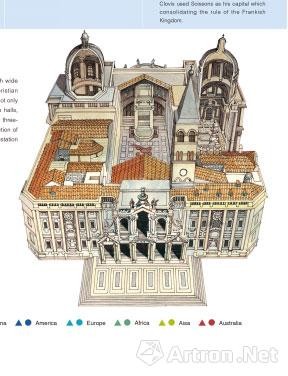
This book adopts a timeline that is loose in the beginning and tight at the end. Each of the first few pages may contain content with a time span of millennia, which gradually reduces to a millennium, a century, and then half a century. Clinging to a clear and continuous timeline, this book makes it easy for readers to position the time and location of any historical event or relic recorded. It presents the typical, representative artistic images in a chronological order in history. In this way, readers can be clear about intricate information at a glance.
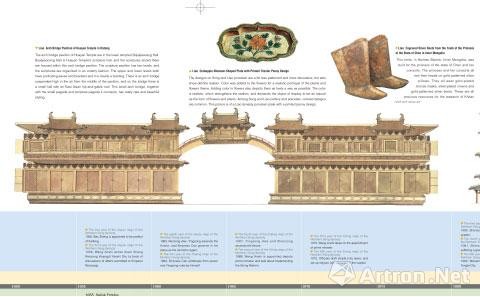
All knowledge points in the book are marked with six differently colored bars to indicate which country or region they belong to, namely, China, Europe, Africa, Asia (except China), America, and Oceania. Through such a design, readers can easily link a knowledge point or relevant civilization to its origin.
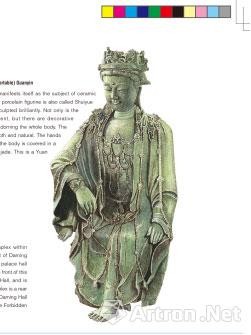
Every design of this book it done for the convenience of readers. We hope you will like this book.
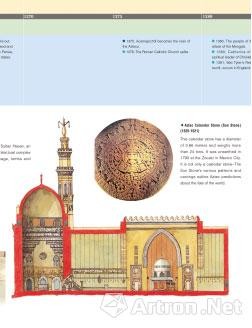
Dr. Wang Qijun
Professor at China Central Academy of Fine Arts
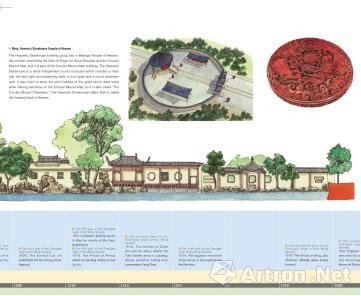

分享到微信,
请点击右上角。
再选择[发送朋友]
或[分享到朋友圈]

